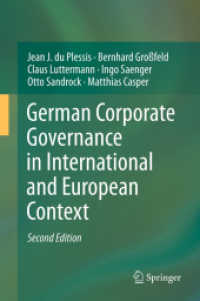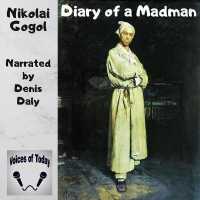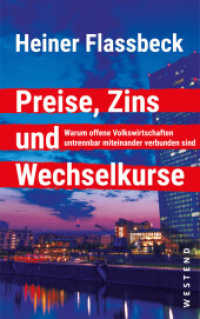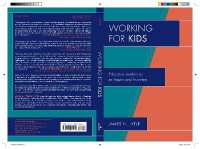- ホーム
- > 洋書
- > ドイツ書
- > Humanities, Arts & Music
- > Arts
- > photography
Description
(Text)
This book presents photos by David Goldblatt taken between 1952 and 2016 of Fietas in Johannesburg, with an emphasis on his 1976-77 images of the suburb's last Indian residents before they were forcibly removed under apartheid. Known affectionately by its inhabitants as Fietas, though officially called Pageview, this was one of the city's few "non-racial" suburbs, where Malay, African, Chinese, Indian and a few white people lived. Composed of narrow streets and small houses of two rooms and a kitchen for up to 15 people, here different races and religions formed a strong, safe community where children played in the streets. There were two mosques, Hindu, Tamil and Muslim schools, cricket, soccer and bridge clubs, and 170 shops-customers came from all over the Witwatersrand.In 1948 the National Party came to power and made the clearance of all "non-white" inhabitants of Pageview an immediate objective. Some 5,000 Africans and other people of color were evicted or "persuaded" to leave by the promise of better townships, while under the Group Areas Act the Indians were to move to Lenasia, an apartheid creation 35 kilometers from the city. For 20 years the remaining Indians fought against removal, principally in the courts, but in 1977 police and their dogs finally forced them out, except for a few. Almost all buildings were destroyed and in their place new houses for lower-income whites built. Today these are occupied by a mix of people from Africa, Europe and Asia; no sense of community remains except that of the homeless sheltering in the spaces left by demolition.
(Author portrait)
Born in Randfontein in 1930, David Goldblatt is a definitive photographer of his generation, esteemed for his engaged depiction of life in South Africa over more than 50 years. His work concerns above all human values and is a unique document of society during and after apartheid. Goldblatt's photos are held in major international collections, and his solo exhibitions include those at the Museum of Modern Art in New York in 1998 and the Fondation Henri Cartier-Bresson in Paris in 2011. In 1989 Goldblatt founded the Market Photo Workshop in Johannesburg to teach visual literacy and photography especially to those disadvantaged by apartheid. In 2006 he received the Hasselblad Award.








